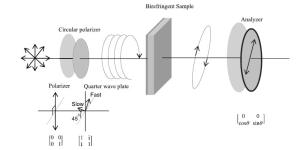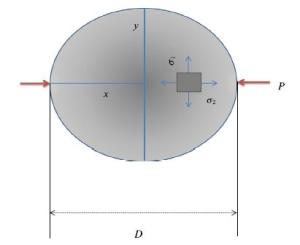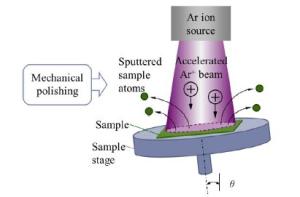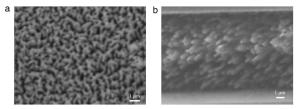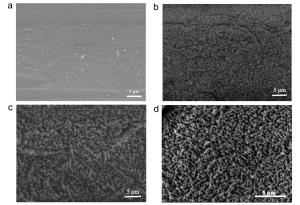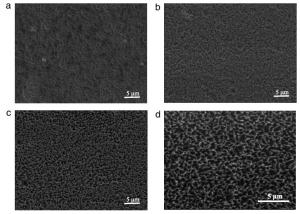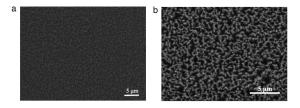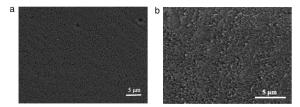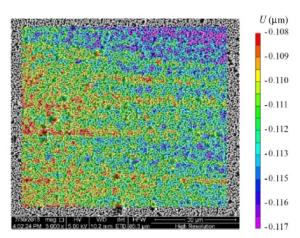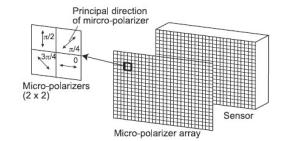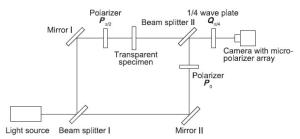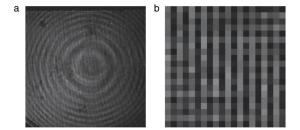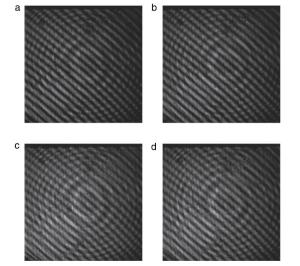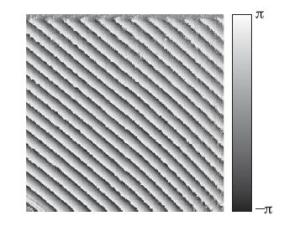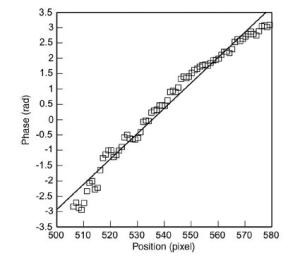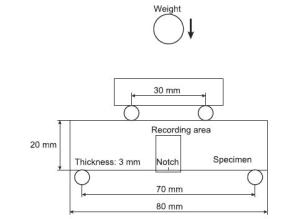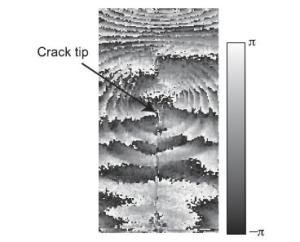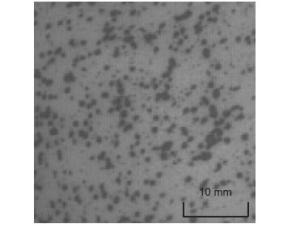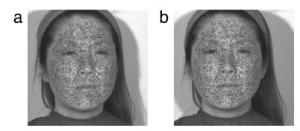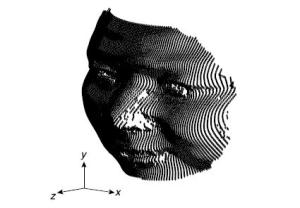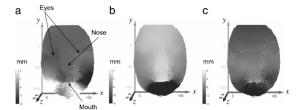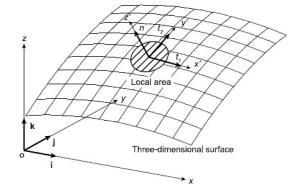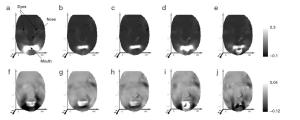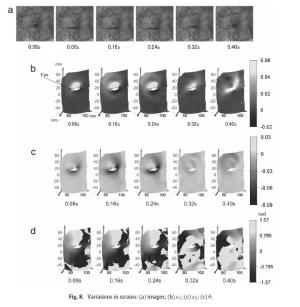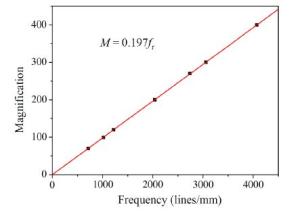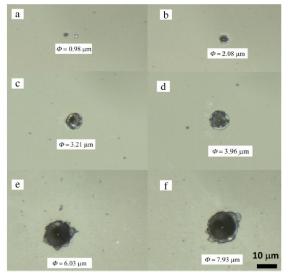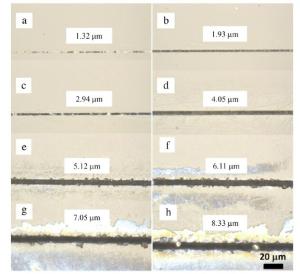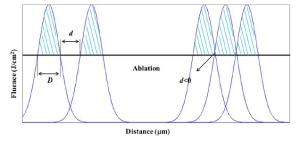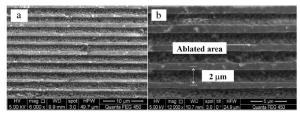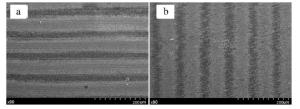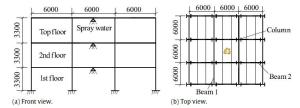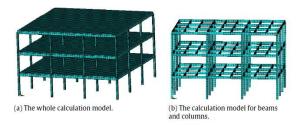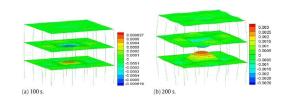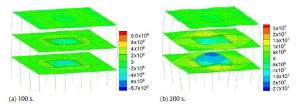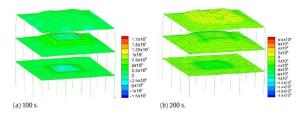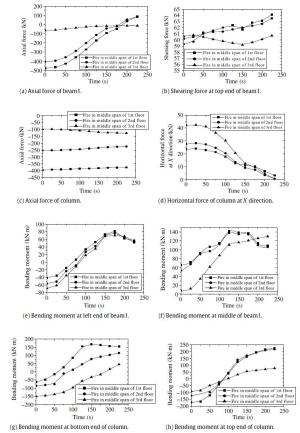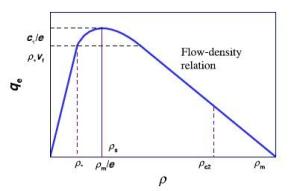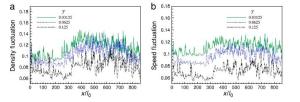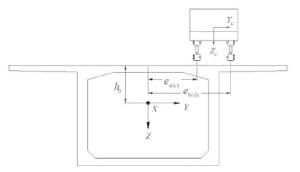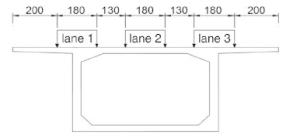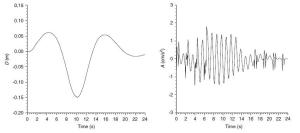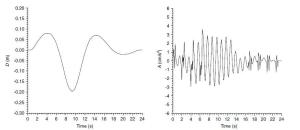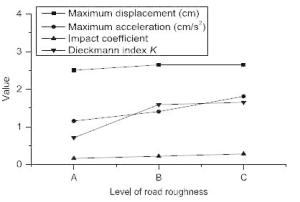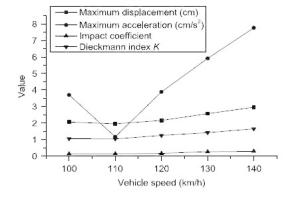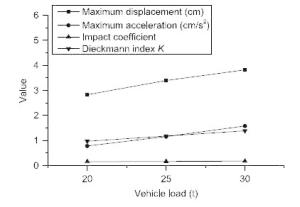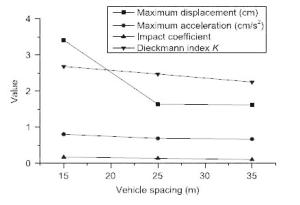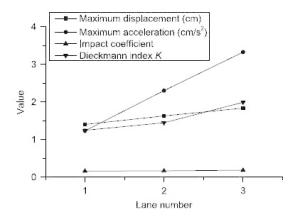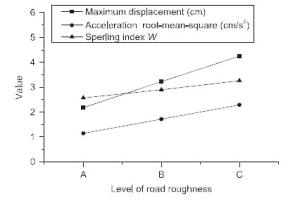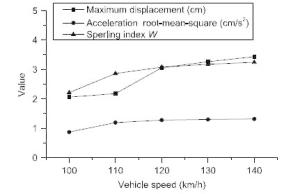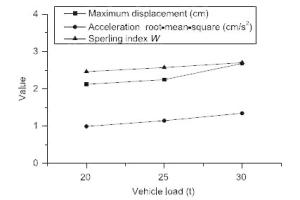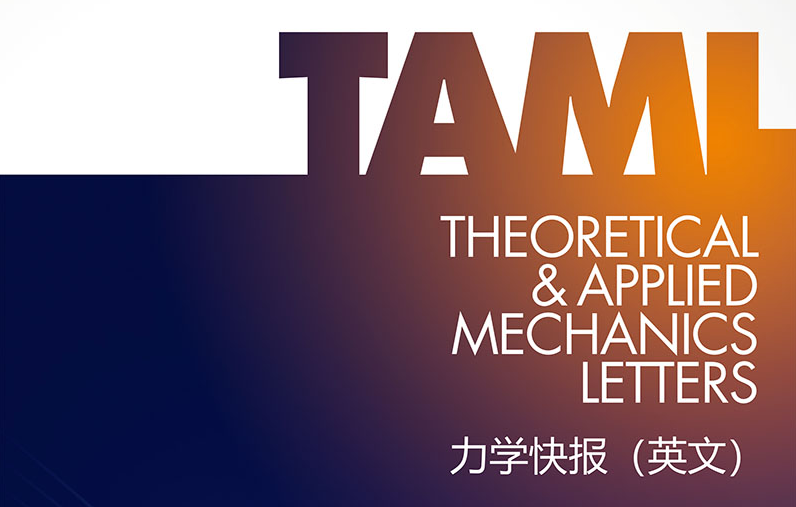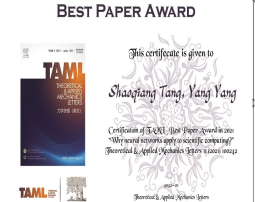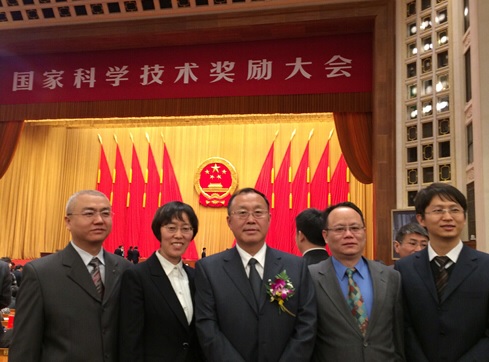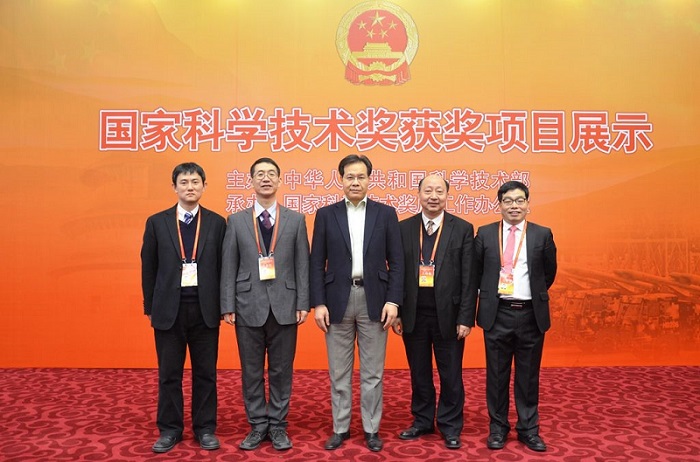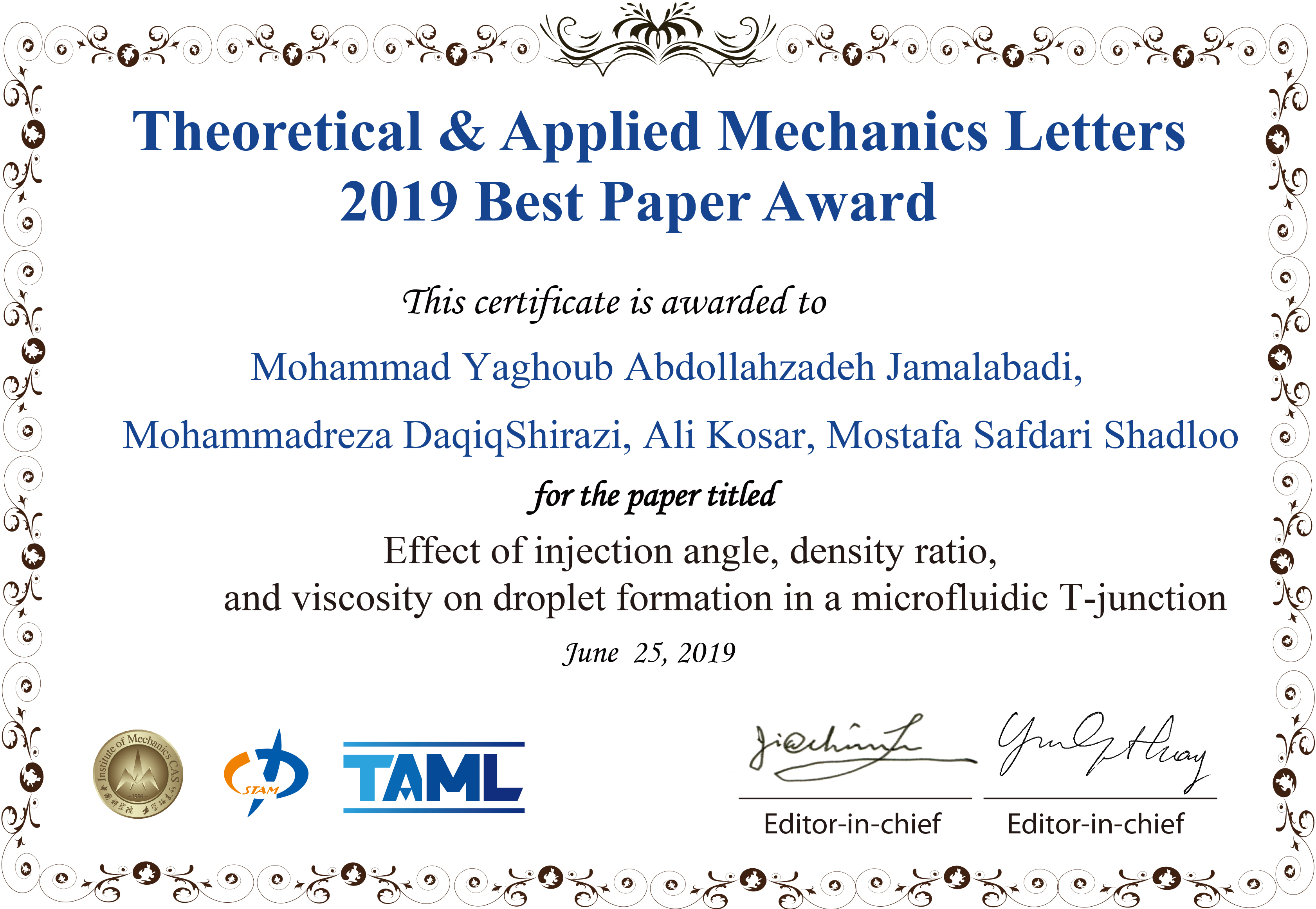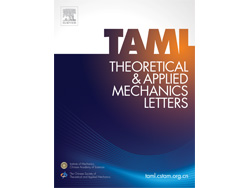Institute of Mechanics,
Chinese Academy of Sciences
2016 Vol.6(4)
Display Mode: |
Theoretical and Applied Mechanics Letters 2016, 6(4): 151-151.
doi: 10.1016/j.taml.2016.08.001
Abstract:
Theoretical and Applied Mechanics Letters 2016, 6(4): 152-156.
doi: 10.1016/j.taml.2016.04.004
Abstract:
Residual stress induced during manufacturing of injection molded components such as polymethyl methacrylate (PMMA) affects the mechanical and optical properties of these components. These residual stresses can be visualized and quantified by measuring their birefringence. In this paper, a low birefringence polariscope (LBP) is used to measure the whole-field residual stress distribution of these injection molded specimens. Detailed analytical and experimental study is conducted to quantify the residual stress measurement in these materials. A commercial birefringence measurement system was used to validate the results obtained to our measurement system. This study can help in material diagnosis for quality and manufacturing purpose and be useful for understanding of residual stress in imaging or other applications.
Residual stress induced during manufacturing of injection molded components such as polymethyl methacrylate (PMMA) affects the mechanical and optical properties of these components. These residual stresses can be visualized and quantified by measuring their birefringence. In this paper, a low birefringence polariscope (LBP) is used to measure the whole-field residual stress distribution of these injection molded specimens. Detailed analytical and experimental study is conducted to quantify the residual stress measurement in these materials. A commercial birefringence measurement system was used to validate the results obtained to our measurement system. This study can help in material diagnosis for quality and manufacturing purpose and be useful for understanding of residual stress in imaging or other applications.
Theoretical and Applied Mechanics Letters 2016, 6(4): 157-161.
doi: 10.1016/j.taml.2016.07.001
Abstract:
We first report a fabrication technique of nanoscale speckle patterns on polymers using broad ion beam milling. The proposed technique is simple and low-cost to produce speckles ranging from dozens of nanometers to less than three micrometers in a large area of several millimeters. Random patterns were successfully produced with an argon (Ar) ion beam on the surfaces of four kinds of polymers:the epoxy matrix of carbon fiber reinforced plastic, polyester, polyvinyl formal-acetal, and polyimide. The speckle morphologies slightly vary with different polymers. The fabricated speckle patterns have good time stability and are promising to be used to measure the nanoscale deformations of polymers using the digital image correlation method.
We first report a fabrication technique of nanoscale speckle patterns on polymers using broad ion beam milling. The proposed technique is simple and low-cost to produce speckles ranging from dozens of nanometers to less than three micrometers in a large area of several millimeters. Random patterns were successfully produced with an argon (Ar) ion beam on the surfaces of four kinds of polymers:the epoxy matrix of carbon fiber reinforced plastic, polyester, polyvinyl formal-acetal, and polyimide. The speckle morphologies slightly vary with different polymers. The fabricated speckle patterns have good time stability and are promising to be used to measure the nanoscale deformations of polymers using the digital image correlation method.
Theoretical and Applied Mechanics Letters 2016, 6(4): 162-166.
doi: 10.1016/j.taml.2016.05.004
Abstract:
In this paper, we propose an instantaneous phase-stepping method for determining phase distribution of interference fringes utilizing a camera that is equipped with a micro-polarizer array on the sensor plane. An optical setup of polarization interferometry using a Mach-Zehnder interferometer with two polarizers is constructed. Light emerging from the interferometer is recorded using a camera that has a micro-polarizer array. This micro-polarizer array has four different optical axes. That is, an image obtained by the camera contains four types of information corresponding to four different optical axes of the polarizer. The four images separated from the image recorded by the camera are reconstructed using gray level interpolation. Subsequently, the distributions of the Stokes parameters that represent the state of polarization are calculated from the four images. The phase distribution of the interference fringe pattern produced by the Mach-Zehnder interferometer is then obtained from these Stokes parameters. The effectiveness of the proposed method is demonstrated by measuring a static carrier pattern and time-variant fringe patterns. It is emphasized that this method is applicable to time-variant phenomena because multiple exposures are unnecessary for sufficient data acquisition in the completion of the phase analysis.
In this paper, we propose an instantaneous phase-stepping method for determining phase distribution of interference fringes utilizing a camera that is equipped with a micro-polarizer array on the sensor plane. An optical setup of polarization interferometry using a Mach-Zehnder interferometer with two polarizers is constructed. Light emerging from the interferometer is recorded using a camera that has a micro-polarizer array. This micro-polarizer array has four different optical axes. That is, an image obtained by the camera contains four types of information corresponding to four different optical axes of the polarizer. The four images separated from the image recorded by the camera are reconstructed using gray level interpolation. Subsequently, the distributions of the Stokes parameters that represent the state of polarization are calculated from the four images. The phase distribution of the interference fringe pattern produced by the Mach-Zehnder interferometer is then obtained from these Stokes parameters. The effectiveness of the proposed method is demonstrated by measuring a static carrier pattern and time-variant fringe patterns. It is emphasized that this method is applicable to time-variant phenomena because multiple exposures are unnecessary for sufficient data acquisition in the completion of the phase analysis.
Theoretical and Applied Mechanics Letters 2016, 6(4): 167-170.
doi: 10.1016/j.taml.2016.05.005
Abstract:
An experimental technique has been developed for measuring and visualizing strain distribution on facial skin. A stereovision technique based on digital image correlation is employed for obtaining the displacement distribution on the human face. Time-variation of the movement of the facial skin surface is obtained from consecutive images obtained using a pair of high-speed cameras. The strains on the facial skin surface are then obtained from the measured displacements. The performance of the developed system is demonstrated by applying it to the measurement of the strain on facial skin during the production of sound. Results show that the strains on facial skin can be visualized. Further discussion on the relationship between the creation of wrinkles and strains is possible with the help of the developed system.
An experimental technique has been developed for measuring and visualizing strain distribution on facial skin. A stereovision technique based on digital image correlation is employed for obtaining the displacement distribution on the human face. Time-variation of the movement of the facial skin surface is obtained from consecutive images obtained using a pair of high-speed cameras. The strains on the facial skin surface are then obtained from the measured displacements. The performance of the developed system is demonstrated by applying it to the measurement of the strain on facial skin during the production of sound. Results show that the strains on facial skin can be visualized. Further discussion on the relationship between the creation of wrinkles and strains is possible with the help of the developed system.
Theoretical and Applied Mechanics Letters 2016, 6(4): 171-175.
doi: 10.1016/j.taml.2016.06.001
Abstract:
Fabrication of micro gratings using a femtosecond laser exposure system is experimentally investigated for the electron moiré method. Micro holes and lines are firstly etched for parameter study. Grating profile is theoretically optimized to form high quality moiré patterns. For a demonstration, a parallel grating is fabricated on a specimen of quartz glass. The minimum line width and the distance between two adjacent lines are both set to be 1 μm, and the frequency of grating is 500 lines/mm. The experimental results indicate that the quality of gratings is good and the relative error of the gratings pitch is about 1.5%. Based on moiré method, scanning electron microscope (SEM) moiré patterns are observed clearly, which manifests that gratings fabricated with the femtosecond laser exposure is suitable for micro scale deformation measurement.
Fabrication of micro gratings using a femtosecond laser exposure system is experimentally investigated for the electron moiré method. Micro holes and lines are firstly etched for parameter study. Grating profile is theoretically optimized to form high quality moiré patterns. For a demonstration, a parallel grating is fabricated on a specimen of quartz glass. The minimum line width and the distance between two adjacent lines are both set to be 1 μm, and the frequency of grating is 500 lines/mm. The experimental results indicate that the quality of gratings is good and the relative error of the gratings pitch is about 1.5%. Based on moiré method, scanning electron microscope (SEM) moiré patterns are observed clearly, which manifests that gratings fabricated with the femtosecond laser exposure is suitable for micro scale deformation measurement.
Theoretical and Applied Mechanics Letters 2016, 6(4): 176-181.
doi: 10.1016/j.taml.2016.05.007
Abstract:
A finite element is established for analyzing the dynamical mechanics and deformation of steel frame at high temperature when it is rapidly cooled down by spray water in fire fighting. The simulation result shows that remarkable mechanical coupling effects are produced in the process, and the sectional stress in rapid cooling down is found considerably larger than that in heating-up. Meanwhile, the stress and deformation of a beam mainly related to cooling rate and location are much larger than those of a column in rapid cooling. In fire fighting, the structure on the first or second floor was more dangerous than those on other floors in rapid cooling. These results could provide a theoretical reference for the design of steel structure and fire fighting.
A finite element is established for analyzing the dynamical mechanics and deformation of steel frame at high temperature when it is rapidly cooled down by spray water in fire fighting. The simulation result shows that remarkable mechanical coupling effects are produced in the process, and the sectional stress in rapid cooling down is found considerably larger than that in heating-up. Meanwhile, the stress and deformation of a beam mainly related to cooling rate and location are much larger than those of a column in rapid cooling. In fire fighting, the structure on the first or second floor was more dangerous than those on other floors in rapid cooling. These results could provide a theoretical reference for the design of steel structure and fire fighting.
Theoretical and Applied Mechanics Letters 2016, 6(4): 182-185.
doi: 10.1016/j.taml.2016.05.003
Abstract:
This letter reports traffic flow sensitivity to visco-elasticity, with the traffic flow modeling briefly described at first and then used to do traffic flow simulations whose results can reflect the properties of spatial-temporal evolution of ring traffic flow. It reveals that visco-elasticity plays crucial role in formation of traffic flow patterns, implying that self-organization of traffic flow is crucial in determining traffic flow status.
This letter reports traffic flow sensitivity to visco-elasticity, with the traffic flow modeling briefly described at first and then used to do traffic flow simulations whose results can reflect the properties of spatial-temporal evolution of ring traffic flow. It reveals that visco-elasticity plays crucial role in formation of traffic flow patterns, implying that self-organization of traffic flow is crucial in determining traffic flow status.
Theoretical and Applied Mechanics Letters 2016, 6(4): 186-194.
doi: 10.1016/j.taml.2016.05.006
Abstract:
To systematically study the vehicle-bridge coupled dynamic response and its change rule with different parameters, a vehicle model with seven degrees of freedom was built and the total potential energy of vehicle space vibration system was deduced. Considering the stimulation of road roughness, the dynamic response equation of vehicle-bridge coupled system was established in accordance with the elastic system principle of total potential energy with stationary value and the "set-in-right-position" rule. On the basis of the self-compiled Fortran program and bridge engineering, the dynamic response of longspan continuous girder bridge under vehicle load was studied. This study also included the calculation of vehicle impact coefficient, evaluation of vibration comfort, and analysis of dynamic response parameters. Results show the impact coefficient changes with lane number and is larger than the value calculated by the "general code for design of highway bridges and culverts (China)". The Dieckmann index of bridge vibration is also related to lane number, and the vibration comfort evaluation is good in normal conditions. The relevant conclusions from parametric analyses have practical significance to dynamic design and daily operation of long-span continuous girder bridges in expressways. Safety and comfort are expected to improve significantly with further control of the vibration of vehicle-bridge system.
To systematically study the vehicle-bridge coupled dynamic response and its change rule with different parameters, a vehicle model with seven degrees of freedom was built and the total potential energy of vehicle space vibration system was deduced. Considering the stimulation of road roughness, the dynamic response equation of vehicle-bridge coupled system was established in accordance with the elastic system principle of total potential energy with stationary value and the "set-in-right-position" rule. On the basis of the self-compiled Fortran program and bridge engineering, the dynamic response of longspan continuous girder bridge under vehicle load was studied. This study also included the calculation of vehicle impact coefficient, evaluation of vibration comfort, and analysis of dynamic response parameters. Results show the impact coefficient changes with lane number and is larger than the value calculated by the "general code for design of highway bridges and culverts (China)". The Dieckmann index of bridge vibration is also related to lane number, and the vibration comfort evaluation is good in normal conditions. The relevant conclusions from parametric analyses have practical significance to dynamic design and daily operation of long-span continuous girder bridges in expressways. Safety and comfort are expected to improve significantly with further control of the vibration of vehicle-bridge system.
 Submit a Paper
Submit a Paper
 Subscription
Subscription
News
MORE+
Call for Papers
MORE+
- Crossing-Mechanics Driven by Big Data
- Machine learning in the fluid mechanics research of wind energy
- Mechanics of Origami/Kirigami structures and metamaterials
- New insights and perspectives on impact biomechanics for human tissues: from injury prevention, protection to protective equipment
- Environmental Mechanics for Extreme Natural Events



